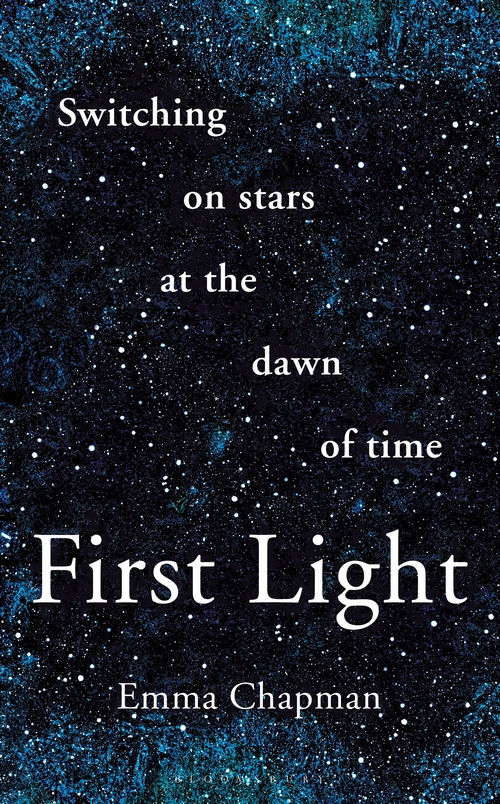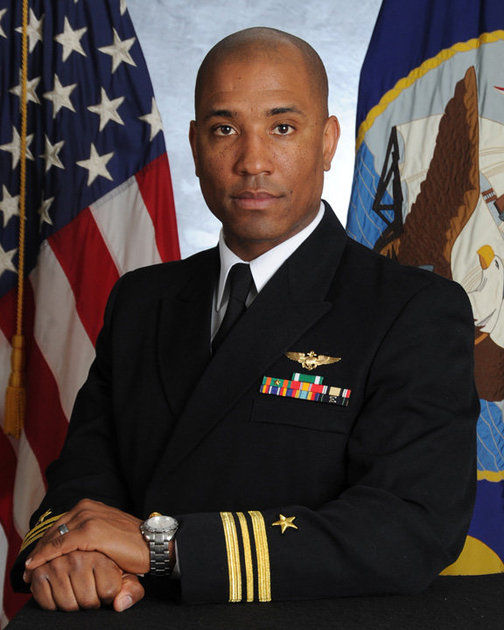#211 - Emma Chapman - First Stars
- Matt Russell

- Nov 16, 2020
- 4 min read
Updated: Nov 18, 2020
This week, Dr Emma Chapman tells Matt about the early Universe, Chris tells Matt his top 5 Space Songs, Matt And Chris chat about glowing Europa, Astronaut of the week Victor Glover, another Magnetar story, and way more.
"One, remember to look up at the stars and not down at your feet. Two, never give up work. Work gives you meaning and purpose and life is empty without it. Three, if you are lucky enough to find love, remember it is there and don't throw it away.”
Stephen Hawking

Emma Chapman is a Royal Society research fellow and a fellow of the Royal
Astronomical Society, based at Imperial College London.
She is among the world's leading researchers in search of the first stars to exist in our Universe, 13 billion years ago, and she is involved in both the Low-Frequency Array (LOFAR) in the
The Netherlands and the forthcoming Square Kilometre Array (SKA) in Australia, a telescope that will eventually consist of a million antennas pointing skywards in the desert.
Emma has been the recipient of multiple commendations and prizes, the most recent of which was both the 2018 Royal Society Dorothy Hodgkin Research Fellowship and STFC Ernest Rutherford Fellowship, two of the most prestigious science fellowships in the UK. Emma is a respected public commentator on astrophysical
matters, contributing to the Guardian, appearing on BBC radio and regularly
speaking at public events. Among others, she has spoken at Cheltenham Science
Festival, the European Open Science Forum and at New Scientist Live

Emma’s new book, First Light: Switching on Stars at the Dawn of Time, opens a window into a previously dark and secret time in our Universe's history – when the first stars were born. This is the first book to go in-depth about the science behind the observation of the first stars by the revolutionary EDGES antenna in Western Australia. We are now filling in a one-billion-year gap in our history - the first stars have never been observed. First Light is a comprehensive guide to a research area that is set to dominate astrophysics - the time when the very first stars burst into life, when darkness gave way to light.
Magnetars are like buses
So after last weeks Magnetar discussion another magnetar story this week.
A short Gamma-ray burst (sGRB) once again flooded over Swift Nasa’s orbiting observatory. Coming from a star-forming galaxy that is now 6 billion light-years away. This all happened about 5 billion years ago. Swift instantly skewed to take a look, and multiple observatories tuned into the event.
Everything looked very much like a Kilanova event, however, when they looked deeper it was even more exciting. The radio and X-ray luminosities of the afterglow were consistent with those of on-axis cosmological short GRBs. The near Infrared counterpart, revealed by Hubble observations 2.3 days later, was substantially lower than on-axis short GRB afterglow detections but is a factor of about 8 to 17 more luminous than the only other confirmed Kilanova event, GW170817, and significantly more luminous than any kilonova candidate for which comparable observations exist.
The paper suggests possible explanations but the most intriguing is Two Neutron stars collided and instead of their combined mass creating a black hole, they left behind a Magnetar. The signal looks like a kilonova event but without the blackhole. The magnetar would have added the energy needed for the crazy bright NIR.
If a stable magnetar was indeed produced in GRB 200522A, they predict that late-time radio emission will be detectable starting about 0.3-6 years after the burst for deposited energy of about 10^53 erg.
Counterparts of similar luminosity to GRB 200522A associated with gravitational wave events will be detectable with current optical searches to about 250 Mpc.
Astronaut of the week
Victor Jerome Glover (born April 30, 1976)

Hopefully, today will become the first pilot of an operational flight of the crew dragon. The first US operational flight since the shuttle, the USA back to business.
From California, graduated as athlete of the year 1994, then went to Cali, Polytechnic state university on a wrestling scholarship and got a general engineering Bachelors
He then went onto getting 3 masters!!!! Flight Test Eng. System Engineering, and the Military Operational Art and Science.
Joined the Navy
Became a F/A 18 pilot in 2001 and was deployed in Iraq as part of a USS John F Kennedy fighter squadron
Was a test pilot in 2007, head of a strike fighter squadron stationed inJapan 2011,
He has accumulated 3,000 flight hours in more than 40 aircraft, over 400 "carrier arrested" landings and 24 combat missions. All under the call name IKE “I Know Everything”
Worked for John McCain, and was then selected for NASA in 2013. Group 21
Completed training in 2015 and is now going o do his first space flight
And after all that stuff he still found time to get married and have 4 kids with his wife Dionna Odom Glover
SpaceX Crew-1 The Crew Dragon spacecraft Resilience, expected to launch on 16 November 2020 at 00:27:15 UTC with NASA astronauts Michael Hopkins, Victor Glover and Shannon Walker along with JAXA astronaut Soichi Noguchi, all members of the Expedition 64 crew
The mission will be the second overall crewed orbital flight of the Crew Dragon
Originally designated "USCV-1" by NASA in 2012, the launch date has been delayed several times from the original date of November 2016
The mission is expected to last 180 days, meaning the flight will return to Earth sometime around June 2021.
Resilience will return to Earth via splashdown for reuse for another future mission









Comments